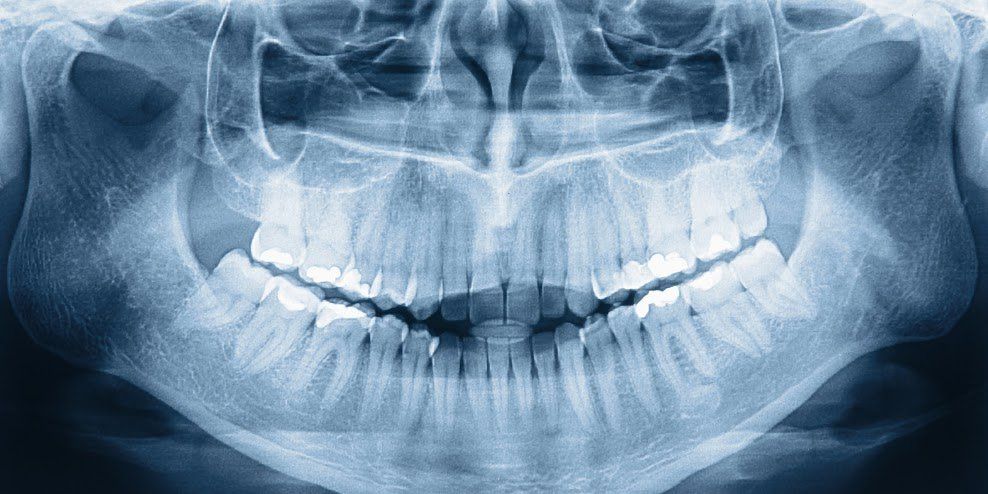What You Should Know About Dental X-Rays

Dental radiography helps dentists identify oral issues they cannot see through regular visual inspections. While getting X-rays may not be a favorite activity, they are vital for keeping your gums, teeth, and jaw healthy. Read on to discover more about dental radiography.
How Do Dental X-Rays Work?
X-rays have a long history of use in the medical field, where they help medical practitioners examine the inside of your body without the need to make incisions. During the procedure, your dentist passes electromagnetic radiation through you and receives an image of your dental structures, bone, and soft tissue on a computer.
What Do Dental X-Rays Show?
Tooth decay is among the issues that a dentist assesses via X-ray. An oral inspection cannot show small areas of decay between teeth, and an X-ray helps your dentist see plaque buildup around your teeth and under your gums. X-rays also show decay beneath fillings, which causes an abscessed tooth if left untreated.
Dental X-rays show jawbone loss, cysts, tumors, and bone changes. If you want to get implants, dentures, braces, or other orthodontics, your dentist determines the condition of your teeth through a dental X-ray.
In children, the primary purpose of dental radiography is to ascertain that the mouth has enough space to contain incoming teeth. Your family dentist can prevent complications like adult teeth crowding baby teeth through regular X-rays.
Types of Dental X-Rays
Dental X-rays are available as either intraoral or extraoral. Intraoral X-rays are the most prevalent, which dentists place in the mouth to assess the health of your teeth and surrounding structures.
With these X-rays, dentists see cavities, monitor the jawbone's health, and track the development of growing teeth. The details produced by intraoral images also help your physician see any cracks in dental fillings and decay in the root.
Extraoral X-rays reveal the condition of the jaw and skull, but they also show the teeth. Dentists use extraoral imagery to observe the growth of the jaw and identify impacted teeth.
Preparing for a Dental X-Ray
While dental X-rays don't require any preparation, dental practitioners appreciate good hygiene, so you should brush and floss beforehand. Before the X-ray, the physician completes a quick inspection to assess your oral health. Then, you sit upright in a chair, and the dentist wraps your chest with a lead apron and protects your neck with a thyroid collar.
The dentist places the imaging machine near your head and puts the sensor in your mouth in the case of intraoral X-rays. The process may be uncomfortable for children with gag reflexes or people with small mouths, but dentists use various ways to improve a patient's comfort.
Frequency of Dental X-Rays
The frequency of dental X-rays depends on numerous factors, such as your age, medical history, and oral treatments. People in good oral health and those who keep up with dental visits need X-rays once a year or every couple of years.
Expect an X-ray at every initial consultation, as dentists need imagery to review the extent of gum disease and other problems. Children, people with a lot of restorative work, smokers, and adults with dry mouths require more X-rays than people without dental issues.
Safety Concerns
The machines dentists use in imaging emit radiation in extremely small amounts that don't cause health problems. Developments in dental imaging, such as the use of high-speed X-rays and machines that restrict the radiation energy to a small area, minimize the impact of dental X-rays. Also, state and federal guidelines dictate strict X-ray protocols to promote public safety.
Dental X-rays and frequent checkups are the best ways to preserve oral health. At Desert Dental, we emphasize early detection of dental issues before they worsen. Call us today for personalized dental treatment.








